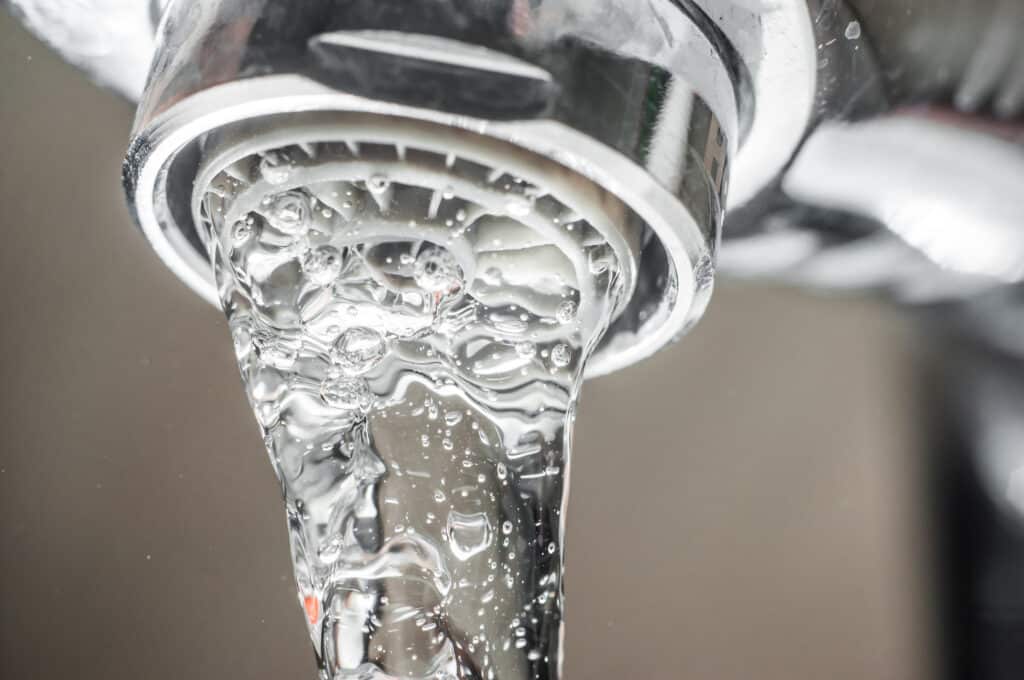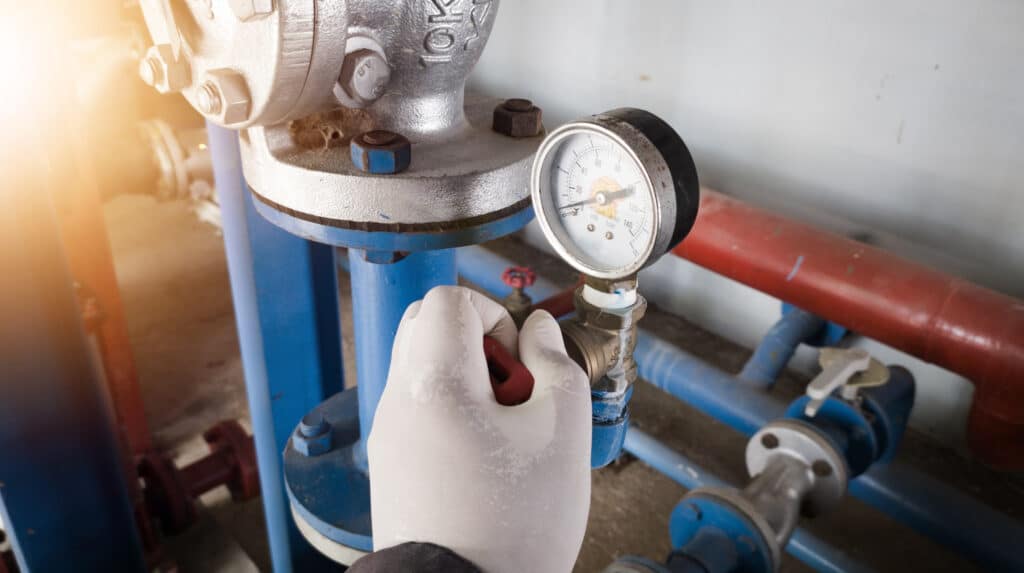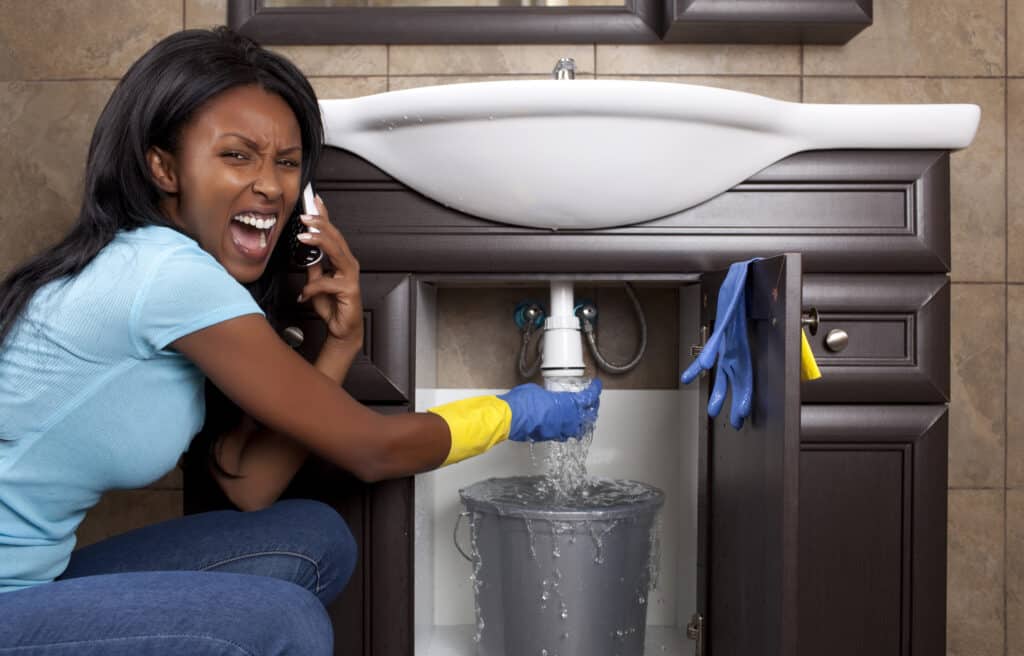To reduce high water pressure in your home, consider these simple solutions:
- Install a Pressure Reducing Valve (PRV): This valve automatically lowers excessive pressure to a safer level.
- Adjust the Main Water Valve: Slightly close it to decrease the amount of water entering your home.
- Use Pressure Regulators on Appliances: Protect your washing machines and dishwashers from high pressure.
- Fix Leaks: Repairing leaks can help stabilize water pressure.
- Regular Maintenance: Schedule annual inspections to prevent future issues.
For persistent problems, consult a professional plumber.
Imagine turning on your faucet and being met with a sudden blast of water or a disappointing trickle that barely gets the job done.
Water pressure is at the heart of these experiences, influencing everything from your morning shower to washing dishes and watering your garden.
But what exactly is water pressure, and why is it so vital for your home? In this blog, we’ll explore everything you need to know about water pressure, including how it’s measured and how to maintain it at the right level.

What is Water Pressure?
Water pressure is essentially the force that pushes water through your pipes and out of your taps, showers, and appliances. Imagine it like the pressure you feel when you squeeze a garden hose—the harder you squeeze, the more powerful the stream of water.
In your home, water pressure is what allows you to take a shower, do the dishes, or run the washing machine.
It’s measured in pounds per square inch (PSI), which tells you how much force is being exerted on the water as it moves through your plumbing system.
Proper water pressure is key to a functioning home. Too low, and you might have trouble getting enough water to flow where you need it. Too high, and you could end up with damaged pipes, leaky faucets, or even more serious plumbing issues.
How is Water Pressure Measured?
Understanding how pressure is measured in your plumbing system is the first step in managing it effectively in your home. This pressure is typically measured in pounds per square inch, or PSI, which indicates how much force is being exerted as water travels through your pipes.
Most homes are designed to function best within a specific PSI range, usually between 40 and 60 PSI. If your system falls within this range, you’re likely to enjoy a steady and reliable flow for all your daily needs.
To measure the pressure, you’ll need a simple tool called a pressure gauge. This inexpensive device can be found at most hardware stores.
Simply attach it to a faucet or hose bib, turn on the water, and the gauge will give you a PSI reading. If the reading is too high or too low, adjustments may be necessary, which we’ll cover later in the article.
Signs of High Water Pressure in Your Home
High water pressure might sound like a good thing—after all, who doesn’t love a powerful shower? However, too much pressure can cause serious problems in your home. Recognizing the signs of high water pressure early can help you avoid costly repairs and damage to your plumbing system.
One of the most common signs of high water pressure is a loud banging noise in your pipes, often referred to as “water hammer.” This occurs when water flowing at high speed is suddenly stopped, creating a shockwave that rattles your pipes.
Another sign is frequent leaks in your faucets, showerheads, or pipes. If you find yourself constantly dealing with drips or leaks, high water pressure could be the culprit.
You might also notice that your appliances, such as your washing machine or dishwasher, wear out faster than expected. High water pressure can put extra strain on these devices, leading to premature failure.
Additionally, you might experience issues with your toilets running continuously or difficulty turning off faucets completely.

Checking Your Water Pressure
Tools Needed to Measure Pressure
To measure the pressure in your home, you’ll need a pressure gauge. This tool is inexpensive and can be found at most hardware stores. It typically comes with instructions, making it easy to use even if you’re not particularly handy.
All you have to do is attach the gauge to an outdoor faucet or hose bib, turn on the water, and read the PSI (pounds per square inch) on the gauge.
Step-by-Step Guide to Testing Pressure
Testing the pressure in your home’s plumbing system is a straightforward process that can help you identify any potential issues early on. By following these simple steps, you can ensure that your system is functioning within the ideal range:
- Turn off all water-using appliances: Before you start, make sure that no water is running in your home. This ensures you get an accurate reading.
- Attach the pressure gauge: Connect the gauge to an outdoor faucet or hose bib. Ensure it’s tightly secured to prevent any leaks.
- Turn on the faucet: Slowly turn on the faucet to its full capacity and watch the needle on the gauge.
- Read the measurement: After the needle stabilizes, check the PSI reading. If it’s between 40 and 60 PSI, your system is within the normal range. Anything above or below might indicate a problem.
By regularly testing your system, you can maintain optimal flow and prevent potential damage to your plumbing and appliances.
Ideal Pressure Range for Homes
For most homes, especially in areas like Callahan, Fernandina, and Jacksonville, FL, the ideal pressure range is between 40 and 60 PSI.
If your reading falls outside this range, it might be time to take action, whether that means adjusting your system yourself or calling in a professional.
Simple Solutions for Reducing High Water Pressure
Install a Pressure Reducing Valve (PRV)
One of the most effective ways to control excessive force in your plumbing is by installing a Pressure Reducing Valve (PRV).
This device is strategically placed where your main water line enters your home, working to automatically reduce the flow to a safer, more manageable level.
If your home doesn’t already have a PRV, it’s worth considering installation by a professional plumber to safeguard your entire system.
This long-term solution not only prevents potential damage but also helps maintain consistent and safe levels throughout your home.
Adjusting the Main Water Valve
Another simple yet effective method for managing excessive flow involves adjusting the main water valve. By slightly closing this valve, you can reduce the amount of water entering your home, thereby lowering the pressure.
While this method may not offer the precision of a PRV, it can still be a useful tactic if your system is only slightly above the recommended range. It’s a quick fix that can provide immediate relief, especially if you’re dealing with minor issues or fluctuations.
Use Pressure Regulators on Appliances
High levels can be particularly damaging to household appliances like washing machines, dishwashers, and water heaters. Installing individual regulators on these appliances can help control the force exerted on them, thereby reducing wear and tear.
This not only extends the lifespan of your appliances but also helps prevent leaks and other issues that can arise from sustained high pressure. By taking this step, you can protect your investment in these essential home devices.
Fixing Leaks in the Plumbing System
Leaks in your plumbing are often both a cause and a symptom of pressure problems. High levels can cause small cracks or weak spots in your pipes to leak, and these leaks can then lead to further fluctuations and instability.
Regularly checking your plumbing system for leaks and addressing them promptly can help stabilize the flow and prevent more significant damage.
This proactive approach is essential for maintaining a healthy plumbing system and avoiding costly repairs in the future.
Regular Maintenance and Inspections
Routine maintenance and inspections are vital for keeping your plumbing system in top condition. Scheduling annual inspections, especially if you live in areas like Callahan, Fernandina, or Jacksonville, FL, where fluctuations can occur, allows a professional to spot potential issues before they become major problems.
Regular check-ups ensure that any adjustments needed to maintain safe levels are made, giving you peace of mind that your system is functioning efficiently and safely.
Preventing High Water Pressure in the Future
Regular Monitoring of Water Pressure
One of the simplest ways to prevent future problems is by regularly monitoring your system. Checking the PSI every few months can help you catch any changes before they lead to bigger issues.
If you notice a sudden increase, it might be time to investigate further or adjust your system accordingly.
Upgrading Your Plumbing System
Older homes, especially those in areas like Callahan, Fernandina, and Jacksonville, FL, might have outdated plumbing that struggles to handle modern demands.
Upgrading your plumbing system can include installing newer, more efficient pipes or adding a Pressure Reducing Valve (PRV) if one isn’t already in place. These upgrades not only help manage the flow but can also improve overall water quality and efficiency in your home.
Educating Family Members About Water Pressure
It’s also important to educate everyone in your household about the importance of maintaining the right levels.
Simple actions like turning off faucets properly, not overloading appliances, and being aware of the signs of high pressure can go a long way in preventing issues. The more everyone knows, the easier it will be to keep your plumbing system running smoothly.

When to Call a Professional
Recognizing When DIY Solutions Aren’t Enough
There are clear signs that the problem might be beyond a simple fix. If you’ve tried adjusting your system and still experience issues like persistent leaks, and loud banging noises in the pipes, or if your appliances continue to malfunction, it’s time to bring in a professional.
These could be signs of a deeper issue within your plumbing that requires specialized tools and expertise to resolve.
Finding a Reliable Plumber
When choosing a plumber, look for someone with a good reputation in your area. Whether you’re in Callahan, Fernandina, or Jacksonville, FL, it’s important to select a professional who understands the specific challenges of your region’s plumbing systems.
Reading reviews, asking for recommendations, and verifying credentials can help you find a plumber you can trust. A reliable professional will not only fix the immediate problem but also provide advice on how to prevent future issues.
Protect Your Home’s Plumbing with Expert Care
Is your home’s plumbing under too much pressure? Don’t wait until a small issue becomes a costly repair! At Bert Norman’s Plumbing, we specialize in keeping the water flowing smoothly in Callahan, Fernandina, and Jacksonville, FL. Our team of experienced plumbers is ready to assess and adjust your system to ensure it’s operating at its best.
Whether you’re dealing with high PSI or just want to ensure your system is in top shape, we’ve got you covered. Contact us today to schedule your service and keep your home’s plumbing protected for years to come.
Frequently Asked Questions (FAQs)
What is the ideal pressure range for a home?
The ideal range for most homes is between 40 and 60 PSI (pounds per square inch). This ensures that water flows efficiently without putting too much strain on your plumbing system.
How can I tell if the pressure in my home is too high?
Signs of excessive force in your plumbing include loud banging noises in the pipes (water hammer), frequent leaks, and rapid wear and tear on appliances like dishwashers and washing machines. You can also use a gauge to measure the PSI in your system.
Can high-pressure damage my plumbing system?
Yes, prolonged exposure to high levels can lead to significant damage, including burst pipes, leaks, and reduced lifespan of plumbing fixtures and appliances.
How often should I check the PSI in my home?
It’s a good idea to check the PSI every few months, especially if you’ve noticed any signs of high pressure. Regular checks can help you catch issues early before they cause damage.
Are there any risks to adjusting the PSI myself?
Adjusting it yourself can be safe if done correctly, but there is a risk of making the problem worse if you’re not familiar with the system. If you’re unsure, it’s always best to consult a professional.

